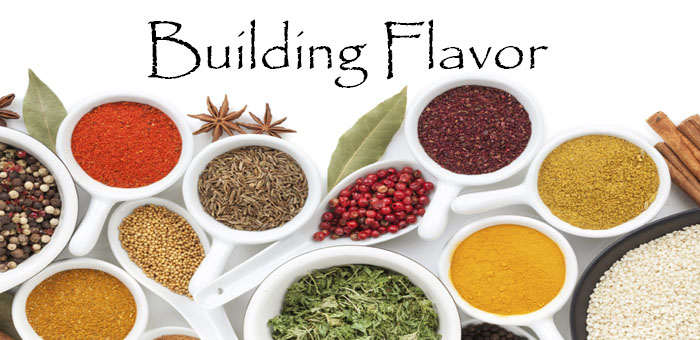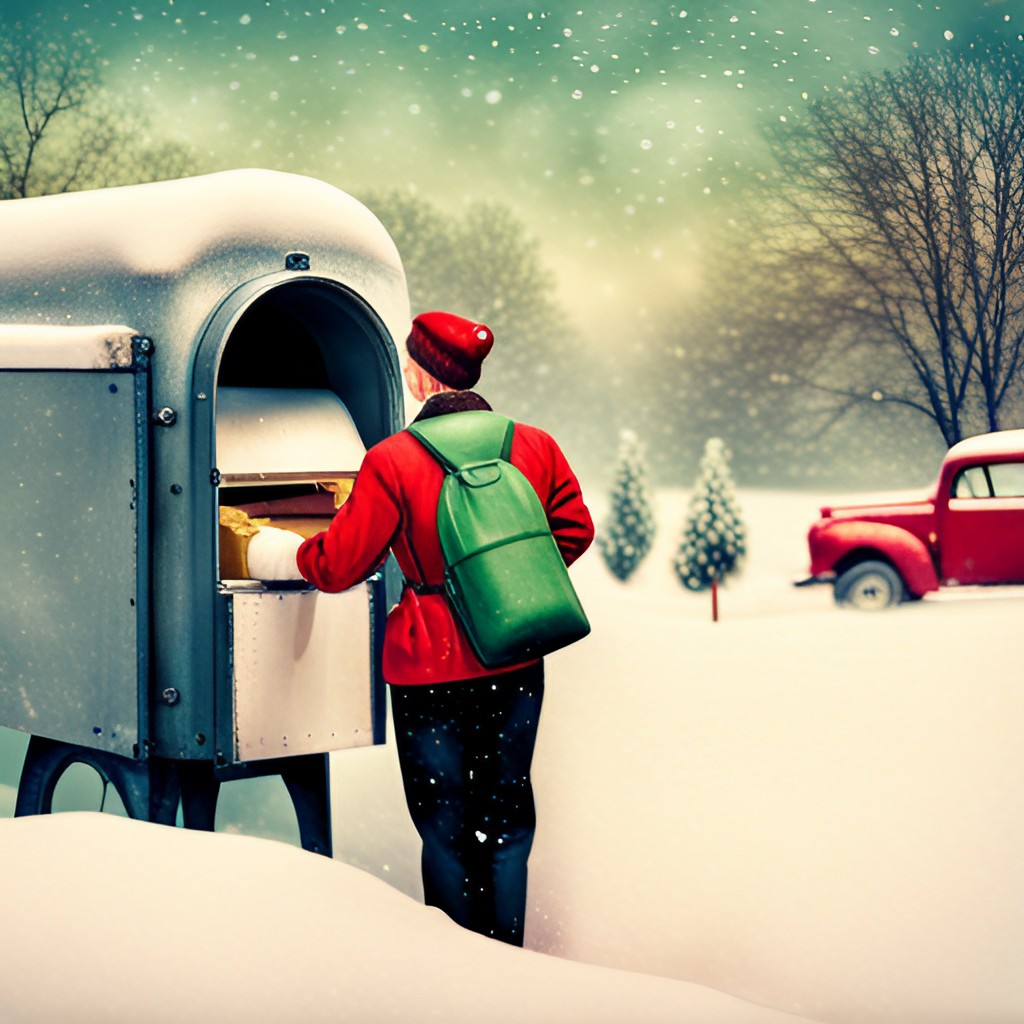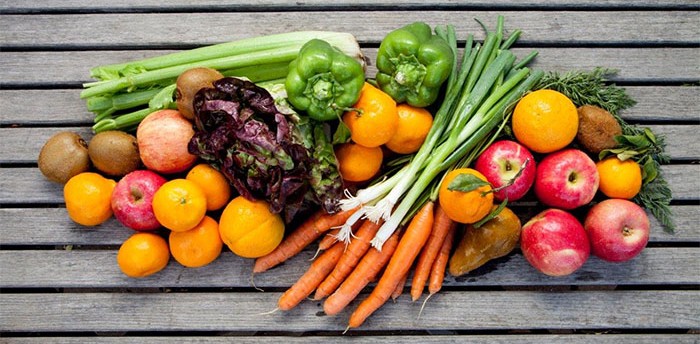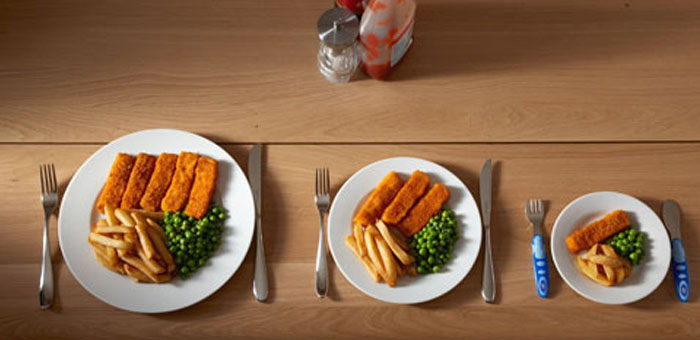One of the common denominators in the best food trucks is great food. The term great food may be vague, but ultimately, you know what it is when you taste it. Building flavor is what chefs do when they transform ordinary ingredients into something extraordinary. Building flavor into each dish is done with every added ingredient and cooking technique you use.
Learning how to build flavors is about knowing your ingredients and their properties. Practicing the techniques that can transform them, and stocking your truck with the right equipment to make your life easier.
Basic Techniques For Building Flavor
The most powerful weapons in any chef’s arsenal involve learning how to control your fry pan to build flavor from your ingredients. Browning, sweating, sautéing, and caramelizing change the chemical composition of foods and build flavor for soups, vegetables dishes, sauces, and stir-frying. Each technique serves different culinary purposes, and once you understand the flavors, you can create some amazing dishes.
Sweating
Sweating vegetables involves cooking them lightly over low or medium heat to break down cell walls, draw out water, soften the vegetables, and give them a head start in the cooking process.
- Choose your preferred fat: butter, olive oil, meat drippings, or vegetable oil.
- Sweating uses a minimal amount of fat to keep vegetables from sticking.
- Cook vegetables until they become soft or translucent.
- Aromatic ingredients of soups, stews and sauces often begin with sweating. Use this technique on carrots, celery, onions, garlic, leeks and shallots before adding other ingredients.
- Sweating begins building complex flavors you can taste in the final dish.
Sautéing
Pan sautéing involves cooking vegetables over high heat to lightly brown them and cook them through for service. This quick technique adds a lot of flavor because foods change chemically when they brown. This process actually converts starches into sugars.
- Browning or caramelizing occurs in a process called the Maillard Reaction. It is named after the scientist who found that sugars react chemically with amino acids when heated, and the flavors become intense.
- Sautéing creates a dish ready to eat, when vegetables cook through and brown lightly.
- Adding salt at the beginning helps draw out water, allowing vegetables to brown evenly.
- The amount and type of fat you use affects calorie content and flavor.
- Heat your pan until a few drops of water dance across the pan’s surface and evaporate immediately. Add fat and heat until it sizzles, and then add your vegetables.
- Never leave the pan unattended when sautéing over high heat.
Caramelizing, Browning and Deglazing
Learning to use the natural flavors of foods and the Maillard Reaction creates spectacular foods. Caramelizing refers to sautéing vegetables until they get dark brown. Chefs often caramelize onions for soups, stews, and braised dishes to add rich flavor. Onions become very sweet when caramelized. French onion soup uses onions prepared in this way, which gets transferred to beef broth.
- Browning refers to searing the outside of meats to produce a flavorful brown crust.
- Deglazing means discarding the fat after browning meat or vegetables, and then adding wine or stock to the hot pan. The caramelized bits and complex sugars that stick to the pan cook into the liquid, creating an exquisite natural sauce.
- Pour this sauce over meat or vegetables or thicken it to enrich it before service.
- Caramelizing and deglazing is a great starting step for developing great soups and stews.
- You can also caramelize foods by roasting them and deglazing your roasting pan.
Master These Techniques For Building Flavor
Mastering these simple techniques offers a fast and inexpensive way of building flavor and creating delicious dishes. Pan-fried meats cooked to order and served with deglazed pan sauce will rival any dish consumers can order from a fine dining establishment. Learning cooking techniques by studying cuisine styles and taking classes open up new worlds of culinary enjoyment for any food truck vendor.
If you want to strengthen your cooking skills, practice, practice, practice. If you aren’t familiar with these techniques consider taking local cooking classes or watch online instructional videos.
RELATED: Offer Cooking Classes To Expand Your Food Truck Business
The Bottom Line
When we talk about building flavor, we don’t necessarily mean adding or changing the ingredients in the original recipe. We’re really talking about cooking techniques that create depth in a dish and that help us hit the high, medium, and low flavor notes. Use these are basic techniques to build flavor in the dishes you serve from your food truck.
What other techniques do you use to build flavor in your food truck menu? Share your thoughts on this topic on social media. Facebook | Twitter




